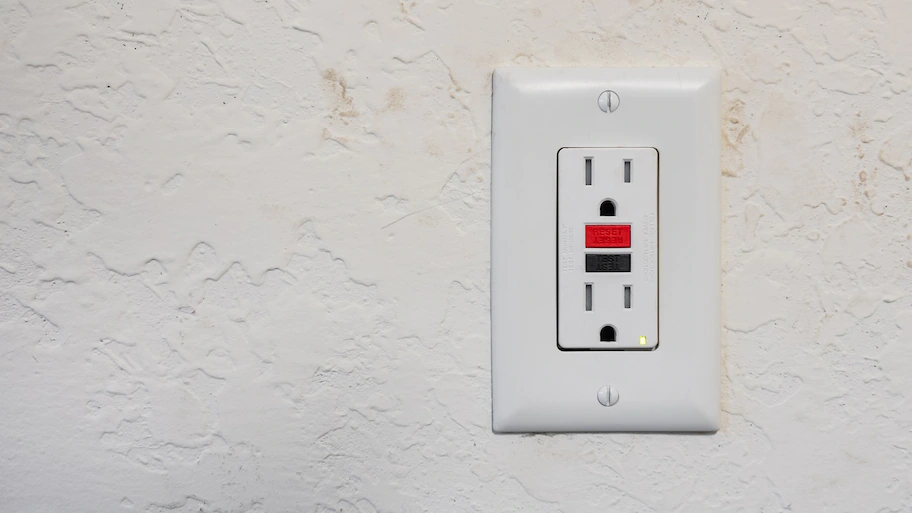Customers often ask our CWC Electric, LLC electricians how GFCI outlets work and what causes them to “trip” or stop working. Troubleshooting non-functioning GFCI outlets are a common electrical service call which can be expensive and frustrating to homeowners.
GFCI stands for Ground Fault Circuit Interrupters and it was designed by Charles Dalziel in 1961. Mr. Dalziel was a professor of electrical engineering at UC Berkeley and wrote The Effects of Electric Shock on Man, a treatise which explained the effects of varying amounts of electricity on humans. Mr. Dalziel apparently knew a thing or two about how much electricity it took to kill a person and developed a device designed to protect human lives. In contrast, circuit breakers were designed to protect equipment and buildings and operate completely differently.
Here’s a mini-lesson on electricity:
All electricity attempts to return to its original source. In other words, when an electrician refers to a circuit, he is talking about electricity leaving your panel, flowing through the insulated wires in your house to supply power to any energized items and then following a return path back to the panel. Circuit simply refers to a roughly circular route that starts and finishes at the same place…in this case, your electrical panel.
A GFCI outlet measures the power coming in and then returning to your panel as it completes the circuit. It was designed to detect any difference more than 4 or 5 milliamps and to react quickly (less than one-tenth of a second) to shut down any circuit out of this small range.
For reference, there are 1,000 milliamps in an amp. Any current over 1 milliamp can be felt, 5 milliamps will produce a painful shock, currents at 10-15 milliamps can paralyze or freeze muscles (making it impossible to release an energized object such as a tool, appliance or wire) and currents as low as 50-100 milliamps can be fatal. If a person is accidentally exposed to electricity, it is very important to stop the flow of electricity into the body as fast as possible. Each year there are an average of 400 home related electrocutions, about 60 which are associated with consumer appliances.
When a GFCI “trips” it is working as designed. If the GFCI’s internal current transformer senses more than a 4-5 milliamp loss, it instantly shuts down the outlet and any outlets it feeds to prevent accidental electrocution. Most often, when a GFCI “trips” it is the result of a faulty appliance plugged into the outlet or an outlet down circuit. Before calling an electrician, you may want to try this simple diagnosis: Unplug all appliances plugged into or down circuit from the GFCI, reset your GFCI by pushing the button in the center of the outlet and then plug the appliances back into the GFCI one at a time and turn them on to see if any of the appliances are causing the appliance to “trip”. If you plug in your coffee maker and the GFCI immediately trips, it is likely you have a faulty appliance and the GFCI is operating as designed.
All man-made objects have a lifespan and eventually wear out. It is recommended that all GFCI’s should be tested monthly to ensure they are operating correctly. Simply push the TEST button to turn power off to the circuit which should cause the RESET button to pop up. You will need to hit RESET to turn the GFCI back on. Do not assume that because an outlet is working that the GFCI protection is in effect. Newer have an interlock to prevent the outlet from working if the GFCI protection fails however older GFCI outlets do not have this built-in failsafe.
GFCI outlets should be installed in any area where moisture can be potentially present, examples include kitchen countertop outlets, bathroom outlets, all exterior outlets and garages. Your electrician may suggest additional areas where GFCI protection is recommended or required by the National Electrical Code.


